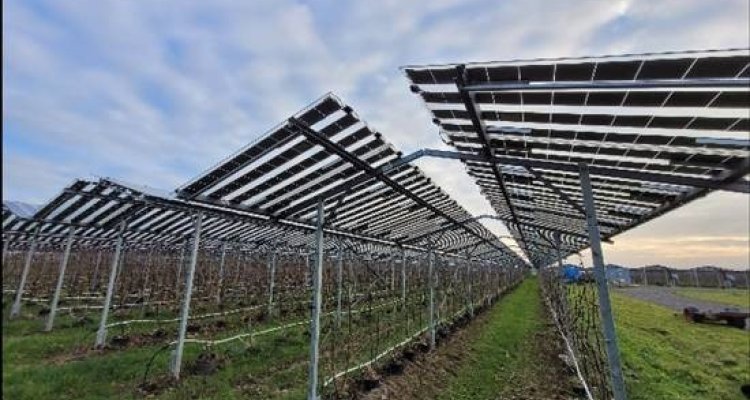
Colloquium
The effect of agrivoltaics on landscape experience in terms of landscape openness
By Merel Timmermans
Abstract
Greenhouse gas emitted by fossil fuels increases the climate change. As climate change threatens the world with the loss of valuable farming ground, solutions are sought. To reduce the climate change, fossil fuels are replaced by renewable energy sources such as solar power plants (SPPs), although they also potentially threat the valuable farming ground. A solution for this conflict is Agrivoltaics (APV): agriculture combined with photovoltaic (PV) systems. As Agrivoltaics is a recent development, there is not much research done on their effect on landscape openness. Research on this effect before an agrivoltaics is placed into a landscape is even more scarce and there is a need for a method which does not solely rely on two-dimensional (2D) methods. This research focussed on finding ways to analyse and quantify the effect of agrivoltaics on the landscape openness, considering the level of detail (LOD) in which the PV system is represented. First, literature research was done to find different definitions of openness. Furthermore, assessment criteria were created, which were used to select methods and tools for analysing and quantifying landscape openness. The selected tools were then tested on two different types of agrivoltaics located in the Netherlands. The results show that agrivoltaics do have an effect on landscape openness. The tools did have limitations for working with different LODs, and the point sampling method needs some improvement. Further research into other methods for analysing the effect of agrivoltaics on the landscape openness is suggested.